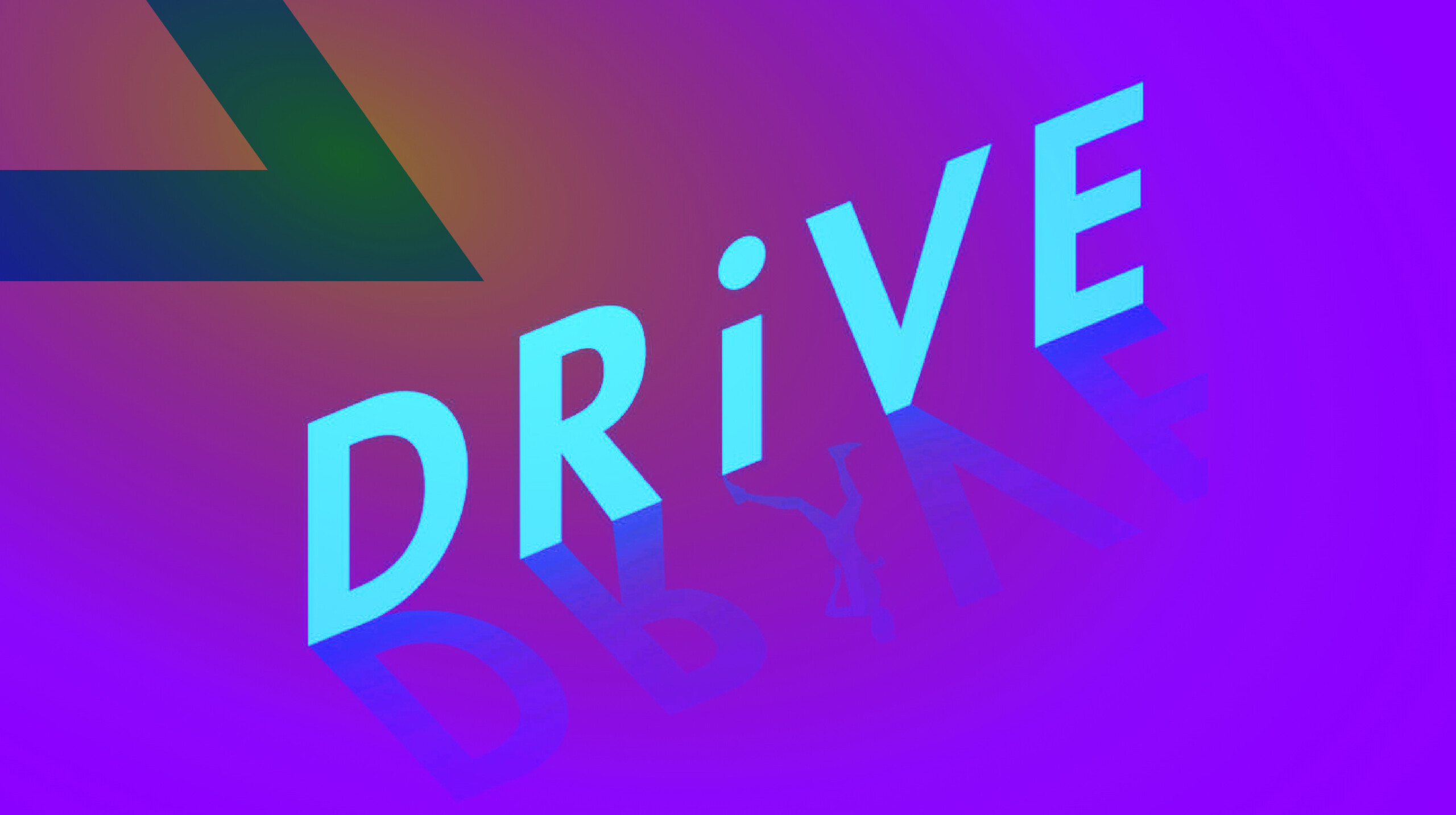Silos squash potential. At Howbridge, our experience shows that sustainable success sits at the crossroads of three elements: offerings, organizational dynamics and opportunities. In this blog post, we explain the O3 effect and our approach to creating continuous growth. Building a venture is filled with inflection points—none of them easy. But too often, companies face
Whether at launch, growth, or transition stages, companies who want to make meaningful change face complex challenges.
What comes to mind when you think of the word “branding?” If you immediately thought of impactful logos, curated fonts and recognizable color pallets you’re not wrong.
If running has taught me anything, it’s that I hate starting over. I’m an avid runner and for years I’ve been lacing up my shoes with the pain of struggling up that first hill in the back of my mind.
In a world of change and volatility, today’s leaders are expected to understand and engage in a broader set of global issues. And what better way to broaden your horizons than diving into a new book?
“What do you do?” This is one of the most common questions people ask when they meet someone new. What if the question became: “do you love what you do?”
“Am I making enough sales to fuel my growth?” This is one of the most common questions startup founders and entrepreneurs ask themselves when growing a new venture.
It goes without saying that knowing your customers is a crucial part of scaling a successful business. You know by now that you can’t paint every prospective buyer with the same brush...
When Groucho Marx famously said, “I wouldn’t want to belong to a club that would accept me as one of its members,” he likely didn’t intend to touch on one of the most prevalent issues in entrepreneurship.
Even the most successful business leaders have flaws. We’re only human, after all. What sets the great leaders apart from the pack is their ability to recognize these weaknesses. Of course, this level of self-awareness doesn’t come easily.









